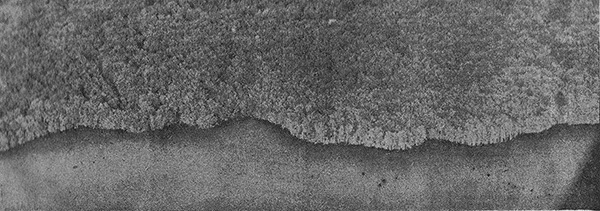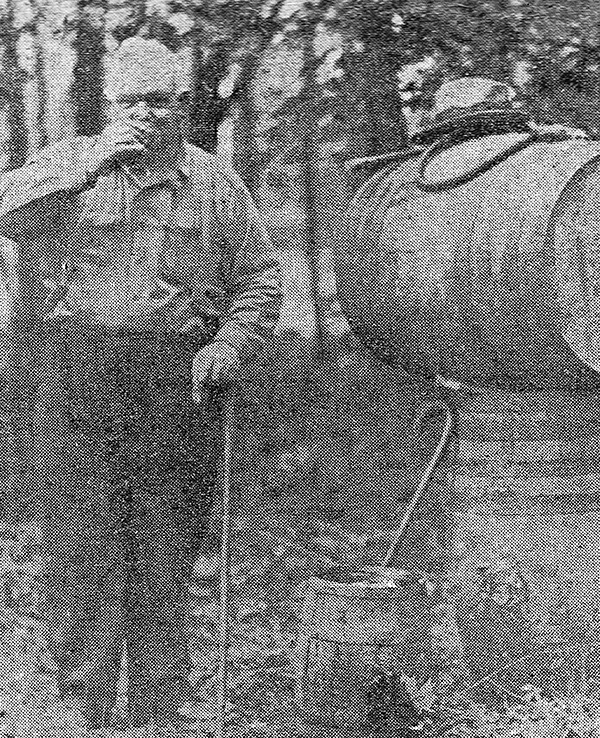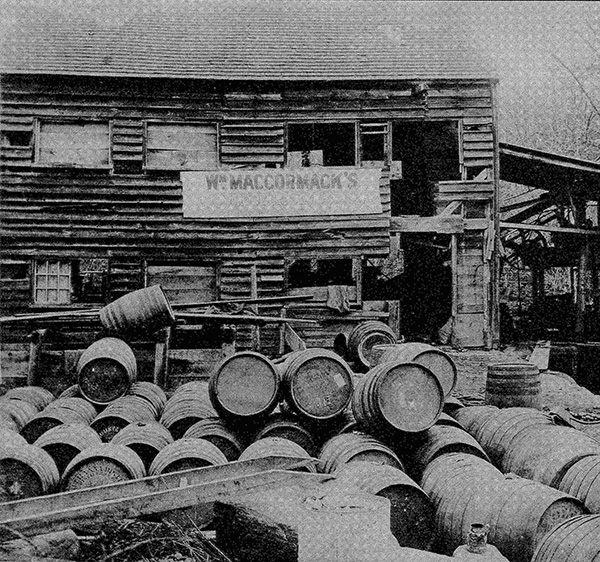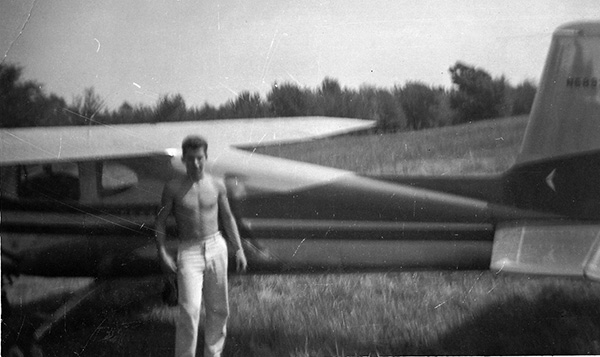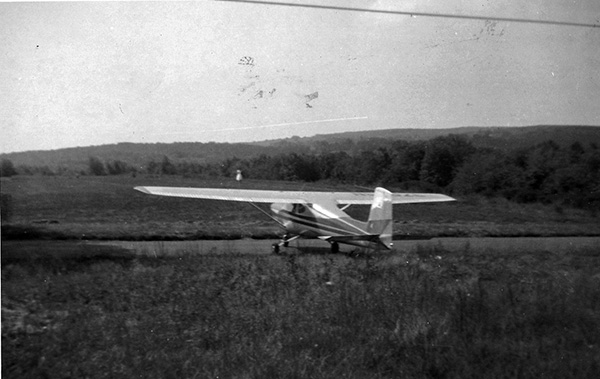|
|
||||||||||||
 |
 |
|
Wolcott Historical Society News - May 2017 By Florence Goodman This month I will continue my discussion about Wolcott aviation stories since they have proven to be ones that residents are enjoying. I received several more calls from readers eager to share their memories. The first was a conversation with Nita Govain who has lived on East Street her whole life and she was able to give me a child's viewpoint on the East Street/Hitchcock crash. She was eight years old and vividly remembers the crash because she and her younger sister were outside playing when the plane flew over them shaking the trees because it was flying so low. She stated, "It flew so low that we ducked down on the ground afraid it was going to hit us and I tried to protect my little sister." Their dad, Francis H. Smith and their neighbor, Gerard Tuohy were two of the men who helped the pilot from the plane. I'm sure it was scary for young children to witness that. The next call was from George and Jean Maher; they remembered that day and commented. Jean stated that her brother lived next to William Kleckner where the fuselage of the plane landed; they loved reading about it. Please keep those comments coming; it allows me to update my historical notes. This month I will discuss two more aviation stories that impacted our town.
MacCormack Drive got its name from William MacCormack who settled in Wolcott in the late 1800s and operated a cider mill on the Mad River behind where Rite Aid is located today. "Bill" as locals called him eventually acquired a large parcel of land near Rite Aid and across Wolcott Road, to Potuccos Ring Road to Lyman Road and down to Chestnut Hill Reservoir. The pasturelands and apple orchards on his property were reasonably flat and he thought they would be ideal for an airport. This idea was considered by the state in 1923, but then the Mt. Tobe site in Plymouth was selected instead. About ten years later in May of 1932 the State aviation department accepted MacCormack's field as an emergency landing strip, stating that mail planes flew directly over his property. To seal the deal, the town was required to discontinue an old road leading from Chestnut Hill Road to what was known as Kenney Road at a point close to the field, which they did and Bill MacCormack's vision of an airstrip became a reality. I do not know if any planes ever landed on the airstrip, nor do I know where Kenney Road was located. If any readers have any information on this, please give me a call.
In the late 1950s or early 1960s a small plane was forced to land in a field on Bound Line Road just across the street from the newly built Wolcott High School. Simon Gagne owned this flat, expansive piece of farmland. It was here that Paul. M. Wood was forced to land his small plane. He was headed for New London from Syracuse, NY, when a dense fog covered the area and he had to land on Gagnon's property. The aircraft was able to land safely without any damage to plane or pilot, but authorities doubted that it would be able to take off in such a short space. To their surprise, the pilot taxied the plane over to the high school. These fields originally called Pritchard's fields were very flat and long; this allowed the pilot to take off safely because the high school building was much smaller then and there were no football or track fields. Art Gagnon remembered this event well and had several pictures of the plane to share with me. He was about seventeen when the plane landed on their property and was happy to have his picture taken in front of the plane.
Next month I will finish my series on interesting aviation events that took place in our town. I am looking for additional information about a WWII plane that was in Helen and Harry Wabuta's front yard on Woodtick Road. I also need more information about how part of a plane came to rest in the front yard of the Sehnal house on 190 Centrai Avenue better known as "Dead Man's Curve" and additional information about a glider that was forced to land in the field of Wakelee School sometime between 1982-84. Call me (203-879-9818) if you have information on any of these events.
(Information for this article was taken from "MacCormack's Field Accepted By State As Emergency Airport," March 5, 1932, The Bristol Press, "Plymouth's tiny airport never quite took off," 12/26/2015, Waterbury Republican-American article March 3, 1932, "Old Road To Be Discontinued To Facilitate Landing," conversations with Anita Govain and Jean and George Maher, April 2017, an interview with Art Gagnon, Wolcott, Connecticut in August 2013)
This land owned by the MacCormack family was first looked at as an airport in 1923, but was not approved. Years later, in 1932 it was approved as an emergency landing strip for mail planes flying over. (Source: Andrews family album).
"Bill" MacCormack testing his apple cider.
MacCormack's Cider Mill on Wolcott Road.
Art Gagnon standing in front of plane that landed on the family property circa 1960.
Paul M. Wood's plane facing Bound Line Road looking toward the high school fields
To view past installments of the Wolcott Historical Society News, click here.
|
|
|
[Home]
[News]
[Purpose]
[Calendar]
[Museum]
[Membership]
[History]
[Contacts]
[Links]
All material at Wolcott Historical Society Web sites Copyright © 2000-2017 Wolcott Historical Society |
